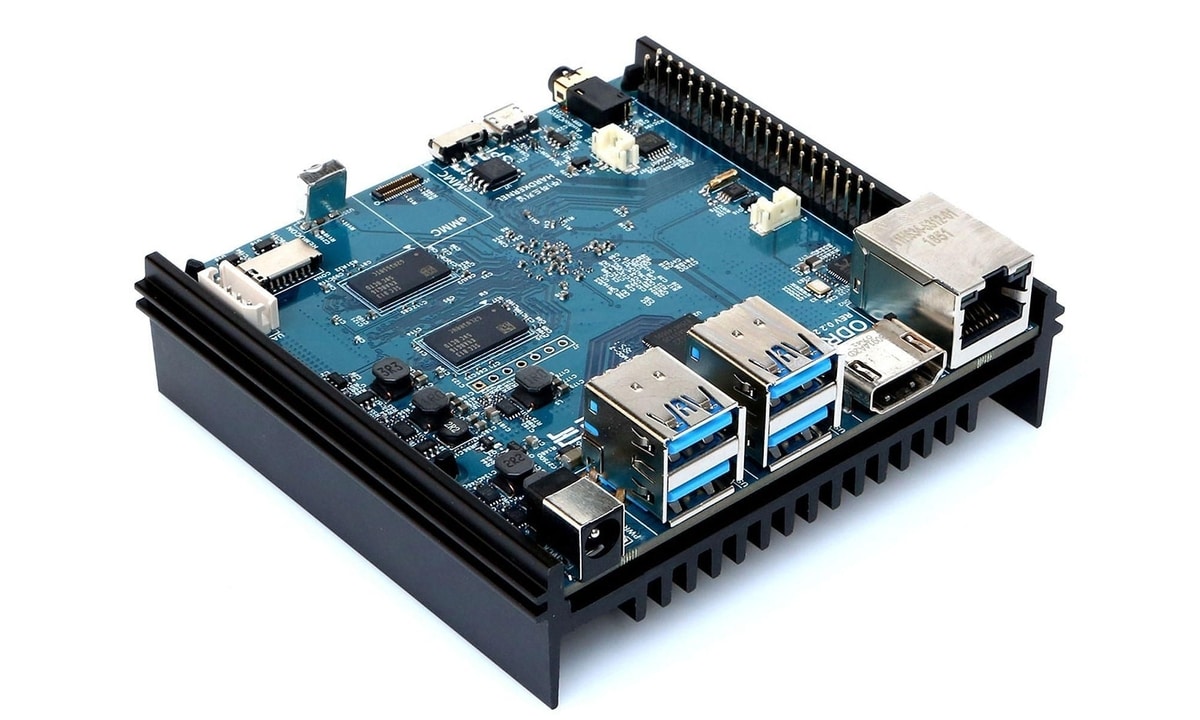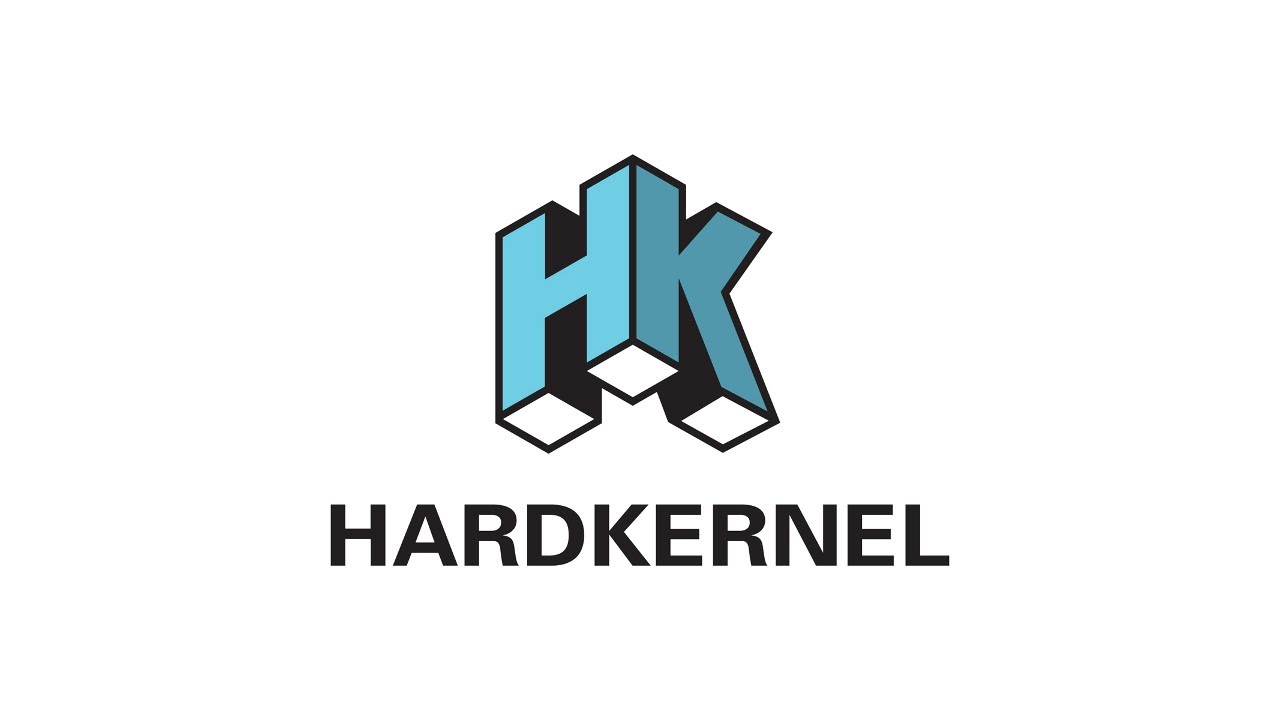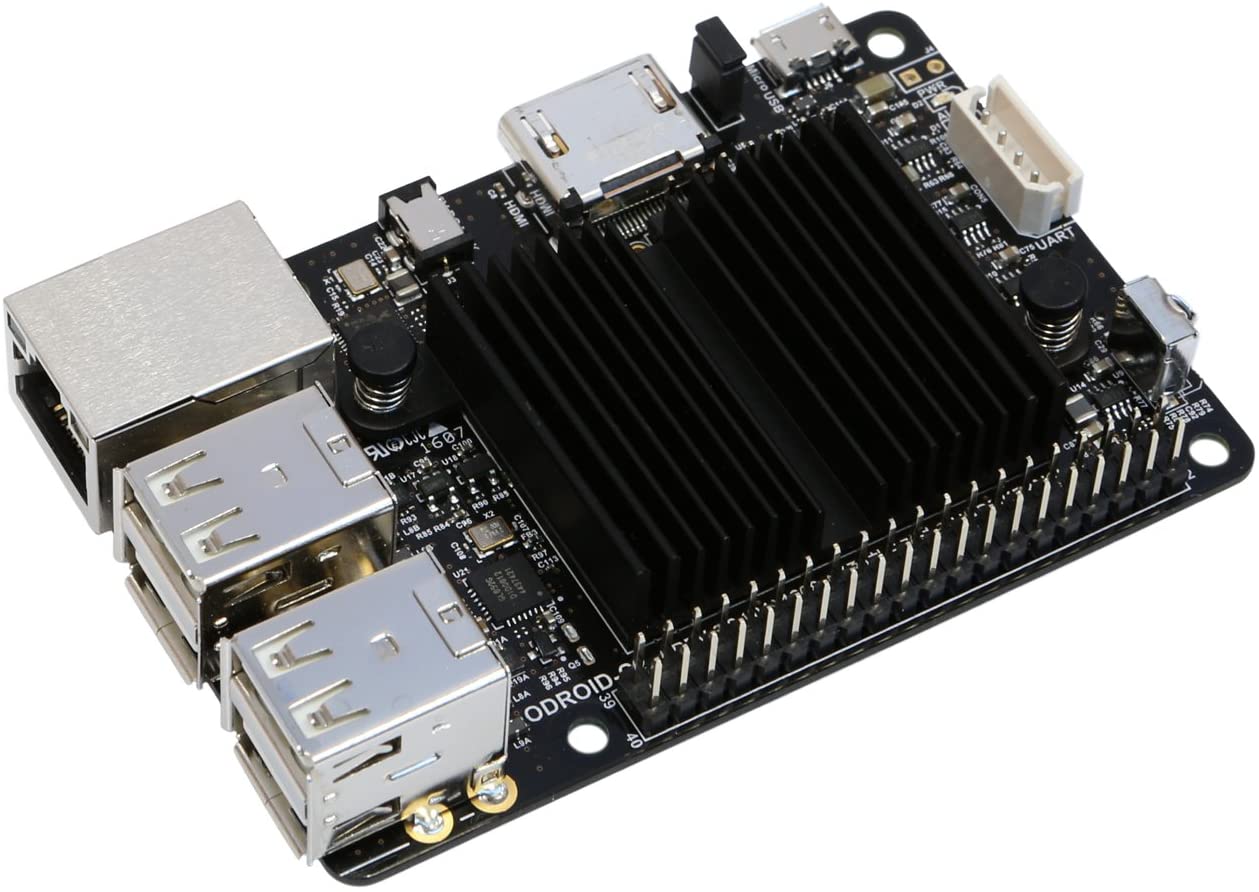
HardKernel has several models of SBC Odroid boards very interesting, but one of the last models launched was Odroid n2. In addition, being one of the most popular alternatives to the Raspberry Pi, there are more and more projects that give official support to this type of board, so it is an advantage if you do not want to have compatibility problems.
In this article I will try to tell you about everything the ecosystem that HardKernel has generated and, most especially, focus on the Odroid N2 board. There are great things to discover from these developers ...
About HardKernel
HardKernel Co. Ltd. is a company based in South Korea, and that has become famous thanks to its flagship product, the Odroid plates. Its name comes from the union of Open + Android, and although its hardware is not currently open source, some of its design parts do have information open to everyone.
You should not be guided by the origin of the Odroid brand, since they are not intended only for run android. Many of its models are capable of running many of the most popular GNU / Linux distributions, both in their x86 versions and those intended for ARM.
Odroid variety
HardKernel has great variety of plates, something that makes it truly important if you are looking for something different. As for the Raspberry Pi, it is limited to selling ARM-based chips. But if you are looking for some other ISA for software binary issues, then you won't have much to do.
Instead, android it does offer more flexibility to its users in that sense to choose between different architectures. For example, you can find these groups of Odroid boards:
- Based on ARMIn this sense, you can find boards powered by Amlogic chips and also by Samsung Exynos chips, as well as some special Rockchip models.
- Amlogic: this section includes the Odroid C0, Odroid C1, Odroid C2 and Odroid N2 models.
- Samsung: You can find models like Odroid XU4 and XU4Q, Odroid HC1 and HC2, and Odroid MC1.
- Rockchip: There is also another aspect such as the Odroid GO designed to create portable retro game consoles.
- X86-based: If you prefer an architecture with more extensive software, then you should choose the same one that you use for your PC. These Intel Celeron J4115 chips are on the Odroid H2 + boards.
Other products compatible with Odroid N2 and other boards
In addition to some of the electronic elements described in this blog for the GPIOs of this board, also HardKernel has a lots of accessories and extras for your boards, from power supplies, to LCD screens, memory cards, cameras, sound accessories, batteries, development, connectors, and much more.
Of course, not only are there the Odroid alternatives for Raspberry Pi, there is life beyond that as well. For example, you can buy plates on the table:
- ASUS Tinker Board: with Rockchip RK3288 QuadCore ARM SoC at 1.8Ghz and Mali-T764 GPU, 2GB of DDR3 DualChannel RAM, Ethernet, support for 4K, TinkerOS, and the possibility of carrying out a multitude of DIY projects with it.
- Android XU4- Another powered version of Odroid with Samsung Exynos 5422 chip based on Cortex-A15 and Cortex-A7 OctaCore, Mali-T628 GPU, 2GB of LPDDR3, eMMC flash, USB 3.0, HDMI, Ethernet, etc.
- ROCK64: a board with 64-bit Rockchip SoC, 4GB of RAM, USB 3.0, 4K support, 128GB flash, etc.
- YouYeetoo Lenovo Leez P710: SBC board very focused on the IoT, with a powerful CPU and GPU, 4GB of RAM, 16GB of eMMC flash, significant connectivity capabilities, AOSP Android and Ubuntu Core support, ...
- Raspberry Pi 4 4GB Model B +: most favorite, the latest version of this SBC board.
All about Odroid N2
Among all the HardKernel products we are left with Odroid n2, the most interesting of them all. This board is one of the latest generations to come out of this factory and has been enhanced to provide greater performance than its predecessors, with good energy efficiency and great possibilities. More power, faster, more stable than the N1.
And all thanks to its hardware characteristics, starting with SoC that includes a powerful CPU based on the big.LITTLE architecture. That is, it integrates a cluster of two ARM Cortex-A53 CPU cores with greater energy efficiency and lower performance and another cluster of two ARM Cortex-A73 cores at 1.8 Ghz with higher performance.
What this achieves is to put one or another cluster of cores into operation depending on the performance that is demanded at each moment depending on the workload. So you can deliver performance when you need it and lower consumption when their smallest cores are sufficient to run the tasks.
In addition, the SoC also integrates a powerful and new generation of the GPU Mali-G52 so OpenGL based graphics are not a big deal for this little SBC board. All the chip built in 12nm technology and with a capacity for thermal throttling and with a metal heatsink added as standard to dissipate the heat generated.
A memory is added to all the above DDR4 type RAM amounting to 4GB. All that set brings the performance up 20% over the Odroid N1 on multicore.
As to development, it can run GNU / Linux operating systems, so you can choose your favorite ARM distro that you prefer, from Ubuntu, through others like openSUSE, to Arc Linux. In addition, as I mentioned above, being a not very strange board, there are several operating systems that supply images also specific to Odroid N2.
Of course you can also run android, from version 9 to others. But in this case, if a touch screen is used, then it is limited to 2K, while the video can be at 4K.
Odroid N2 technical details
Summarizing and grouping all those technical details, here is a list of the key points:
- SoC: Amlogic S922X Quad-Core 2x Cortex-A53 at 1.9Ghz + 2x Cortex-A73 at 1.8Ghz. 64-bit ARMv8-A ARM ISA with Neon and Crypto extensions. With Mali-G52 GPU with 6 execution units at 846 Mhz.
- Conference proceedings: 4GB of RAM DDR4 PC4-21333. EMMC flash storage up to 128GB + microSD card capacity.
- Red: Gigabit Ethernet LAN (RJ45) with Realtek RTL8211F network card, and optional USB WiFi adapter.
- Connectivity: HDMI 2.0, composite video, audio jack, optical SPDIF, 4x USB 3.0, 1x USB 2.0 OTG, 1 UART, 40 pin GPIO pins PWR, SPI, etc.
- Food: DC jack 5.5mm with internal positive 2.1mm connector. 7.5v-18V (up to 20w), with 12V / 2A adapter.
- Consumer goods: in idle state (IDLE) it consumes only 1.8W approx., while when it is at maximum performance it reaches 5.5w, and when it is turned off (stand-by light) it is reduced to 0.2w.
- Form Factor (dimensions): 90x90x17mm (SBC), 100x91mmx24 (heatsink or heatsink)
- Weight :: 190 g with heatsink
- Price: 79$



